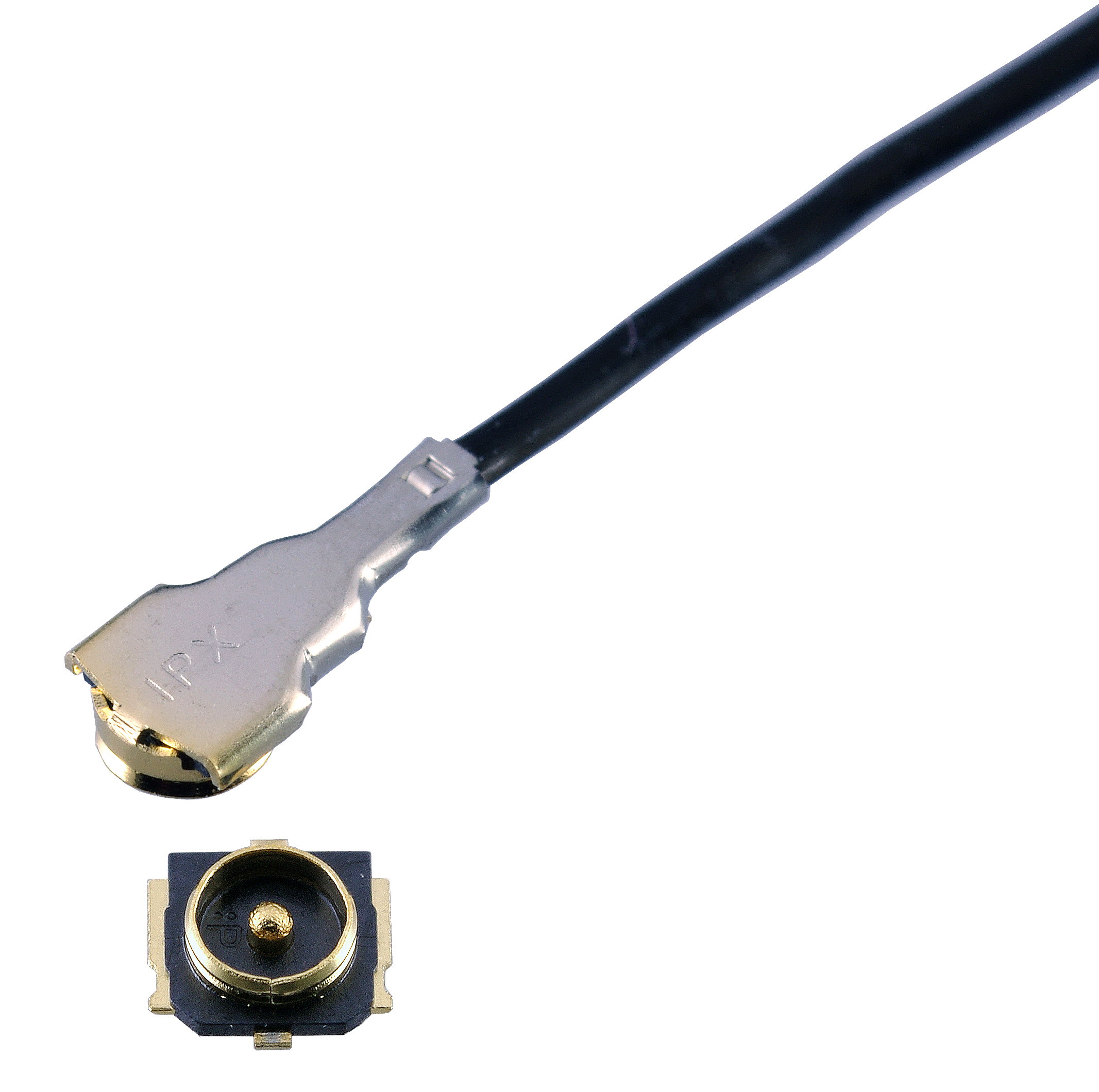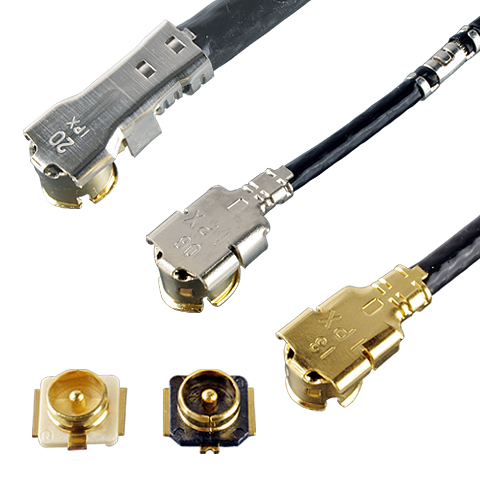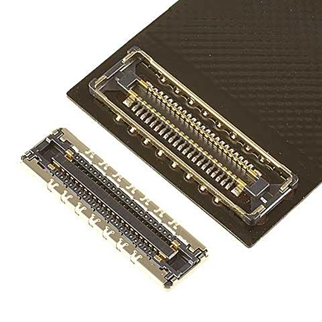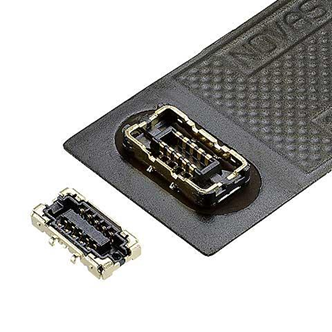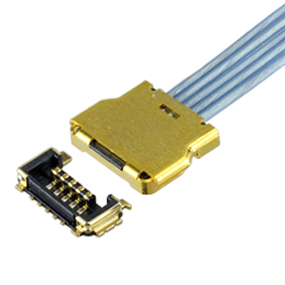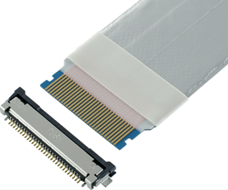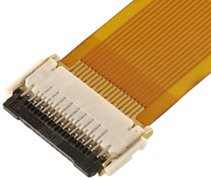Connectivity Solutions Enabling AR in Healthcare 4.0
Augmented Reality in Medicine
Augmented Reality (AR) is emerging as a transformative tool in healthcare, overlaying digital information onto the real world to enhance medical practice. Unlike virtual reality which immerses the user in a fully artificial environment, AR allows clinicians to continue seeing the real patient or task while useful graphics are superimposed. In surgery, for example, an AR headset can project a patient’s imaging data (such as CT or MRI scans) directly onto their body, helping a surgeon visualize hidden anatomy like blood vessels or tumors during the operation. AR is also used for surgical navigation – guiding instrument placement with live overlays – and enabling remote specialists to virtually assist during procedures. Beyond surgery, AR is also being used for medical training and patient education. A recent analysis predicted that the AR healthcare market could reach approximately $5 billion by mid-decade reflecting the high hopes for this technology.
Hardware and Connectivity
Current medical AR systems typically involve either smart glasses/headsets (e.g. Microsoft HoloLens) or mobile devices (tablets and smartphones). These devices pack multiple sensors – cameras, depth sensors, motion trackers – and one or more displays to present the AR visuals. Handling the data from these sensors and rendering graphics in real time is computationally intensive, so AR headsets often require high-speed internal data links and efficient processing units. Connectors again play a key role: compact board-to-board connectors like NOVASTACK®, or micro-coaxial connectors like CABLINE® can link camera modules or sensor boards to the main processor board within a headset. Similarly, flexible printed circuit connectors (such as the EVAFLEX® series and MINIFLEX® series) connect display micro-projectors and sensors via thin FPC cables, helping keep the headset lightweight and ergonomically balanced. For applications requiring high-speed data and flexibility, the CABLINE® series is ideal for linking the GPU to the display. Many AR devices communicate wirelessly with computers or hospital networks, so miniature RF connectors (like MHF® coax connectors) are used to attach Wi-Fi or 5G antenna modules internally. These miniature high-speed medical connectors ensure that even small wearable AR gear can handle high data rates – for streaming video, uploading sensor data, or offloading computations to a nearby workstation – without bulky wiring.
Design Considerations
Designing AR for clinical use comes with special challenges. Devices should be as lightweight and comfortable as possible for extended wear, which limits the size and number of cables and connectors. At the same time, they must be robust – a surgeon’s headset or an AR surgical visor needs to function reliably through a long procedure. That means connectors must resist vibrations and movement, and often incorporate locking features to prevent any loosening. AR headsets used near sterile fields are typically draped for sterility and built with easily cleanable surfaces; connectors may need sealing to prevent fluid ingress. Finally, low latency is crucial: whether the AR system is tethered or wireless, any lag is unacceptable. High-bandwidth links and optimized connectors must deliver real-time performance to maintain the AR experience.
As AR technology matures in medicine, we can expect more ergonomic designs and even higher data demands (for example, streaming multiple high-resolution imaging overlays). Through it all, reliable interconnect solutions will underlie these innovations. The NOVASTACK®, EVAFLEX®, MINIFLEX® and MHF® connector families, among others, empower AR devices to seamlessly integrate into medical workflows – ensuring that surgeons and clinicians can trust their AR tools to deliver critical information when it counts.

